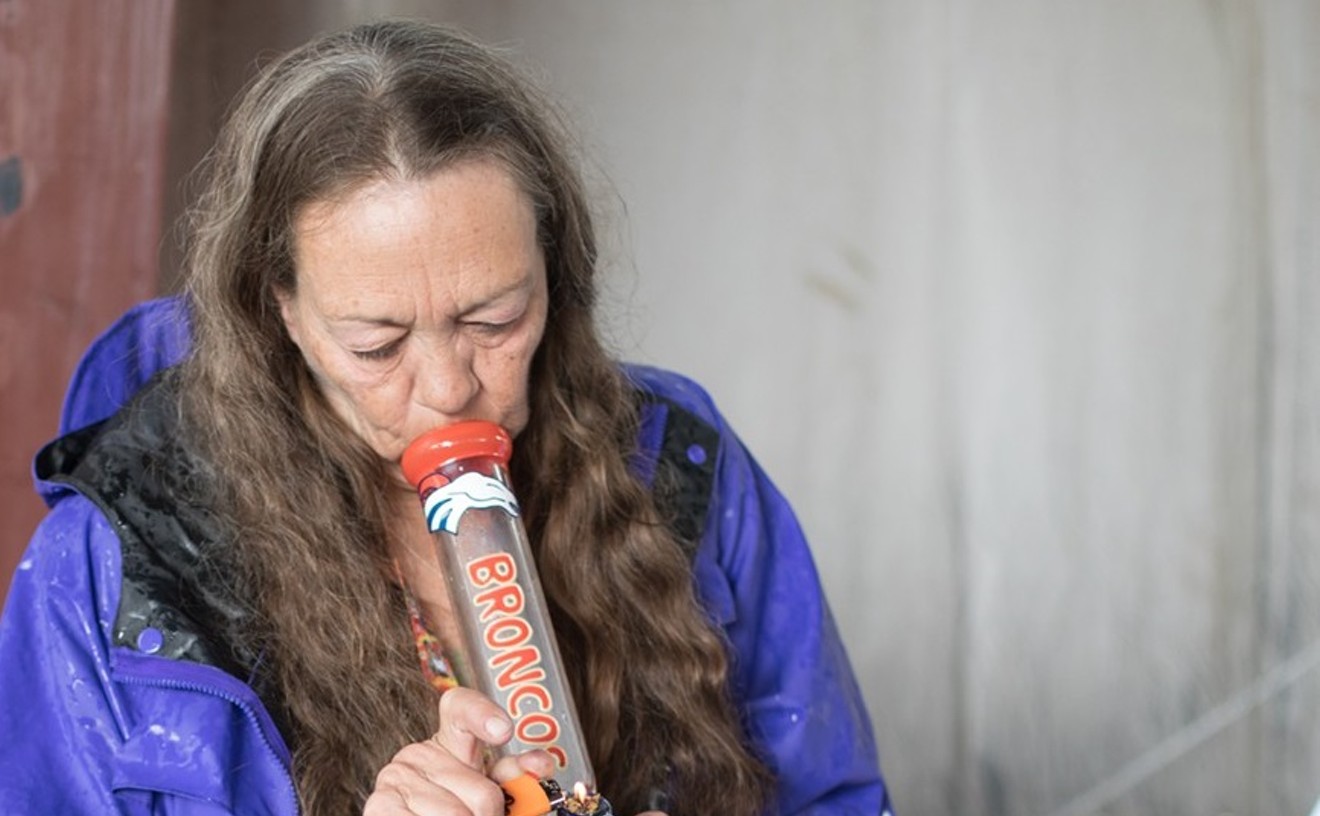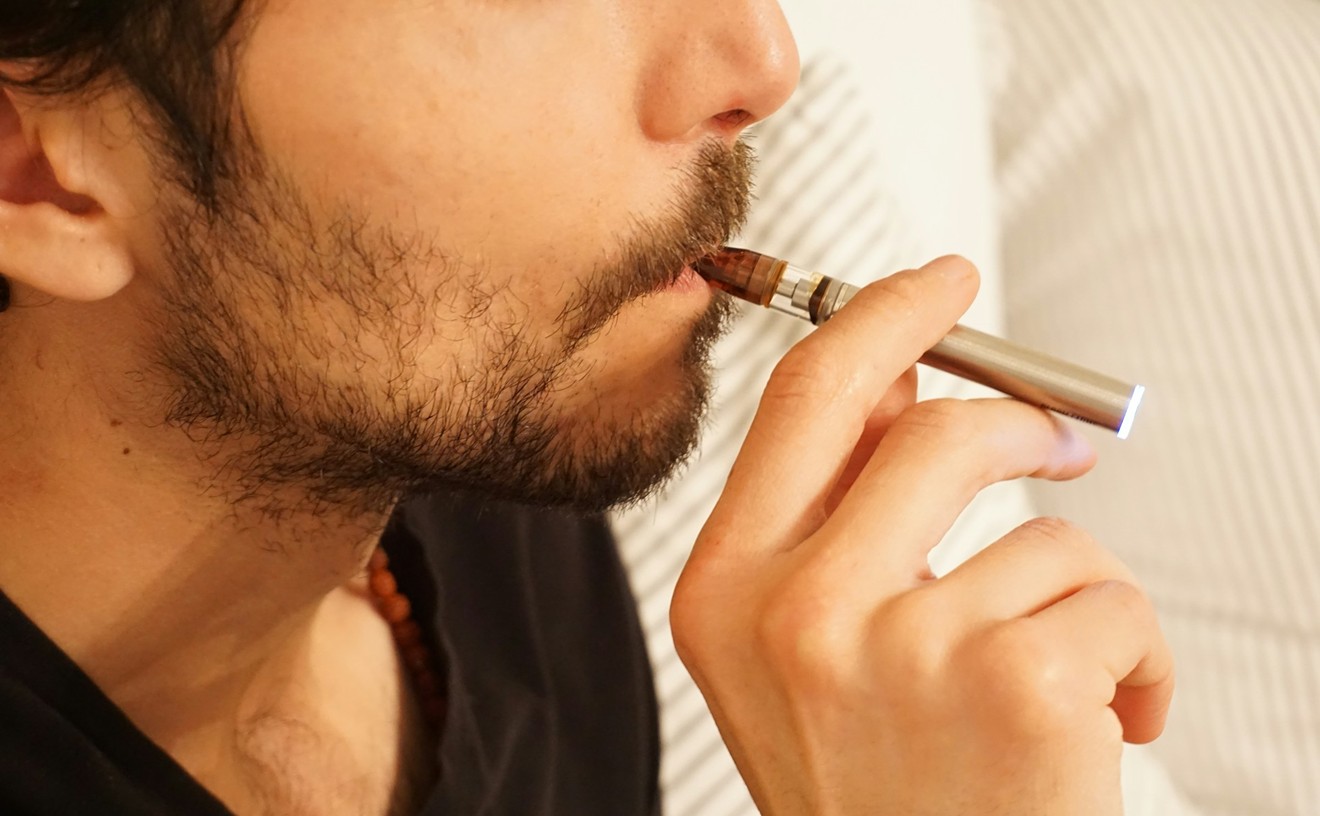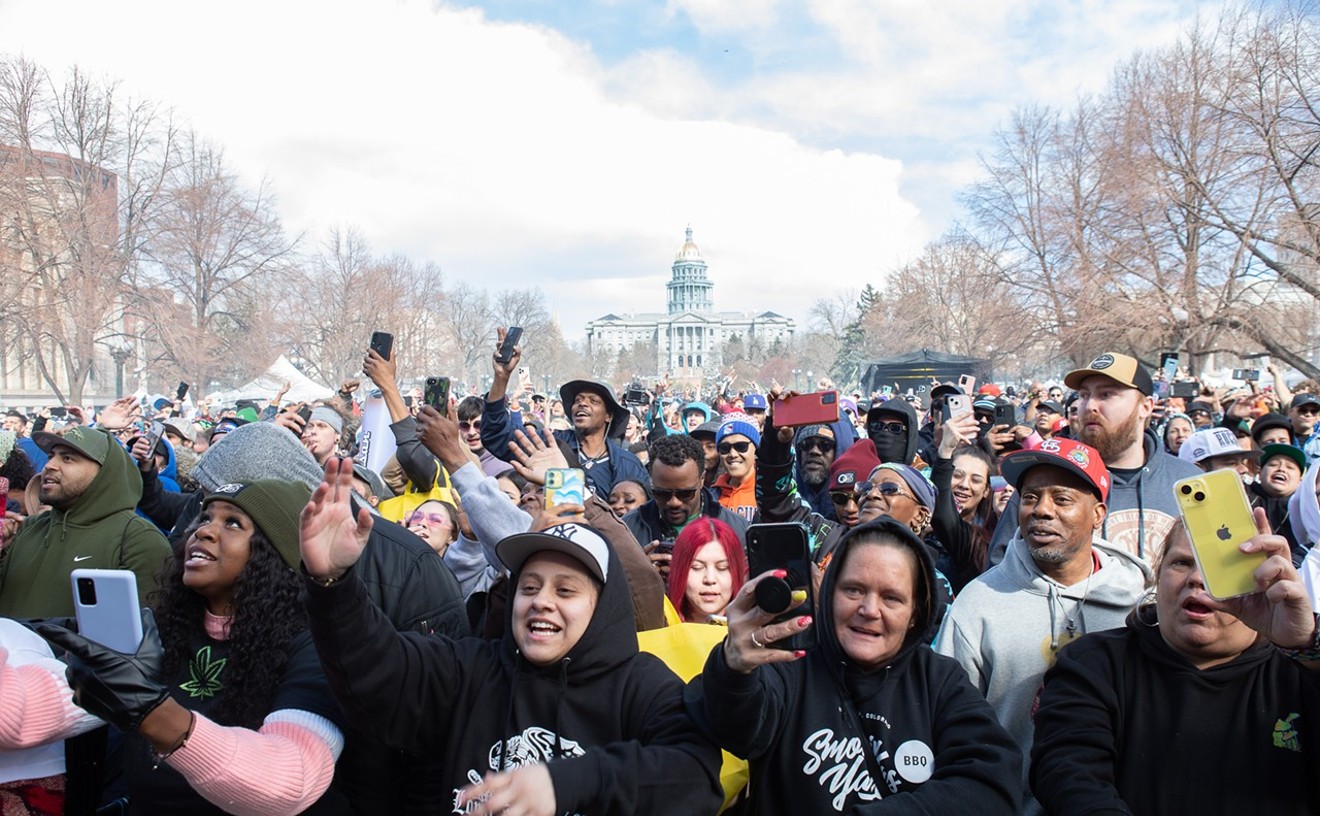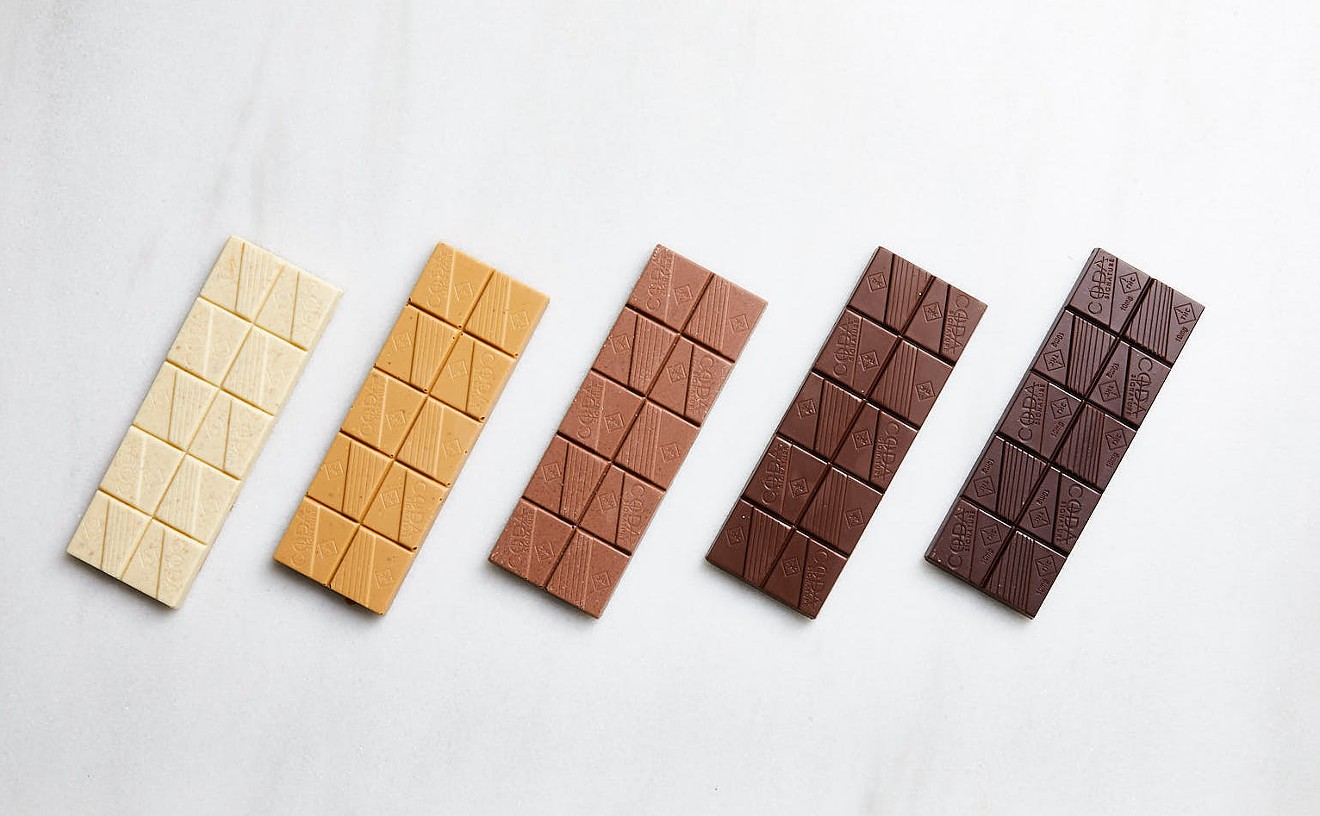Marijuana may be the main attraction for many in the cannabis world, but Colorado also leads the way in hemp cultivation. In fact, as of this week, there are approximately 400 active industrial hemp businesses registered with the state's Department of Agriculture. Still, misconceptions around the differences (or lack thereof) between hemp and marijuana run rampant, so let's clear the confusion.
To be blunt, there isn't much hereditary difference between the two. Both marijuana and hemp come from the plant species Cannabis Sativa L. It's one of the oldest domesticated crops; George Washington grew the plant at Mount Vernon. But years of breeding and manipulation resulted in the emergence of two varieties: one for medicinal and spiritual purposes, the other for agricultural and industrial uses.
The plant's flowering tops and leaves contain the psychoactive elements and tetrahydrocannabinol (THC) content we've come to recognize as marijuana. Alternatively, hemp uses seeds and fibers — primarily from the stalk — and contains low levels of THC and high levels of cannabidiol (CBD). According to Colorado law, hemp must not contain more than 0.3 percent THC content on a dry-weight basis — exceeding this limit crosses over into marijuana territory. (Try to get high on buds from a hemp plant — we dare you.)
In terms of physical properties, marijuana plants tend to be shorter and wider than hemp's tall and narrow physique. Farmers typically want to give marijuana as much growing room as possible: The more sunlight, air and water that reach the plant, the more buds that sprout. Hemp's priority is not to produce big buds for smoking, but strong fiber for manufacturing.
It's no surprise that cannabis is stealing the show. With four states approving recreational marijuana measures this month and many others approving medicinal marijuana (which is now legal in the majority of states), marijuana is becoming more mainstream. But so is hemp — just quietly in the background, despite its less controversial applications.
Why aren't marijuana and hemp considered one and the same legislatively if it's the same plant? Because they're cultivated differently. Marijuana is a horticultural crop grown for its THC content, while hemp is an agricultural crop grown for seed and fiber.
According to grassroots advocacy organization Vote Hemp, 32 states have industrial legalization laws in place, seven states permit hemp research crops, and five states allow registered farmers to grow hemp under state law despite federal prohibition. A big victory came after passage of the U.S. Farm Bill in 2014, enabling cultivation by state departments of agriculture and higher-education institutes. But it's not enough: U.S. manufactures are (legally) importing raw hemp from Canada, Europe and China — leaving U.S. farmers and the chance for an economic boom in the dust.
Vote Hemp puts it like this: "Growing hemp is like driving. You can't drive without a license and you can't grow hemp without a permit." Until marijuana and hemp get knocked off the Schedule I drug list, states will be in control of both crops and corresponding industries.
Marijuana's psychoactive effects put it on the "most dangerous drugs" list in the first place. Because THC directly influences our endocannabinoid system, cannabis impacts our brain, body and overall functions. It's been used for centuries for its medicinal qualities and can reduce epileptic seizures, improve arthritis discomfort, treat glaucoma and relieve pain.
But what about hemp? A Popular Mechanics article in 1938 cites hemp as "the new billion-dollar crop" with "more than 25,000 uses." And at least 150,000 acres of hemp were cultivated to support World War II efforts in the USDA's "Hemp for Victory" program.
Hemp is a highly versatile crop, and innovators continue to jump at the opportunity to create new products from the plant. Dr. Bronner's creates multiple personal hygiene products, PrAna is a men's hemp clothing line, and Nutiva produces hemp-seed oil.
The next frontier lies in hemp-based plastics. Chemists and engineers are partnering with manufacturers to create hemp-based biocomposites that are then molded or 3D-printed into everyday items like cups, pens and eyeglasses.
Both marijuana and hemp are booming industries: Medically, marijuana helps millions of Americans get their lives, bodies and minds back, while hemp has limitless potential in the industrial and agricultural arenas. And considering the marijuana industry in Colorado just celebrated its highest-ever monthly recreational sales at $88.2 million and created more than 18,000 jobs last year, things can only go up from here.
[
{
"name": "Air - MediumRectangle - Inline Content - Mobile Display Size",
"component": "12017618",
"insertPoint": "2",
"requiredCountToDisplay": "2"
},{
"name": "Editor Picks",
"component": "17242653",
"insertPoint": "4",
"requiredCountToDisplay": "1"
},{
"name": "Inline Links",
"component": "18838239",
"insertPoint": "8th",
"startingPoint": 8,
"requiredCountToDisplay": "7",
"maxInsertions": 25
},{
"name": "Air - MediumRectangle - Combo - Inline Content",
"component": "17261320",
"insertPoint": "8th",
"startingPoint": 8,
"requiredCountToDisplay": "7",
"maxInsertions": 25
},{
"name": "Inline Links",
"component": "18838239",
"insertPoint": "8th",
"startingPoint": 12,
"requiredCountToDisplay": "11",
"maxInsertions": 25
},{
"name": "Air - Leaderboard Tower - Combo - Inline Content",
"component": "17261321",
"insertPoint": "8th",
"startingPoint": 12,
"requiredCountToDisplay": "11",
"maxInsertions": 25
}
]










